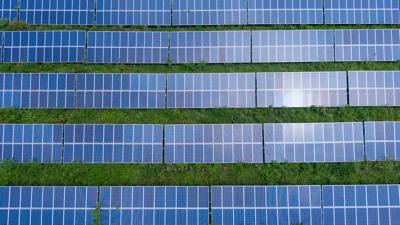The increasing popularity of solar energy has led to the development of solar farms, also known as solar gardens or photovoltaic (PV) power stations, across the country. These large-scale solar arrays convert sunlight into energy that is then sent to the electricity grid. There are two main types of solar farms: utility-scale and community solar.
Utility-scale solar farms are owned by utility companies and consist of thousands of solar panels. The power generated at these farms is either sold to wholesale utility buyers through a power purchase agreement (PPA) or owned directly by an electric utility company. The main customer for utility-scale solar farms is the utility company, which then distributes the generated electricity to residential, commercial, and industrial customers connected to the grid.
Community solar farms, also known as "solar gardens" or "roofless solar," provide an alternative for households that can't install solar panels on their own property. These farms generate electricity that is shared across multiple households. Customers can either purchase a share of a solar garden or lease energy from the solar system, which can result in lower monthly utility payments. Community solar subscribers also have access to virtual net metering, which allows energy generated by the solar farm to be sent back as electricity bill credits.
The growing interest in solar energy and the falling costs of solar panel technology have made solar farms a viable option for generating clean energy. To explore community solar projects in your area, visit our Community Solar Marketplace.

